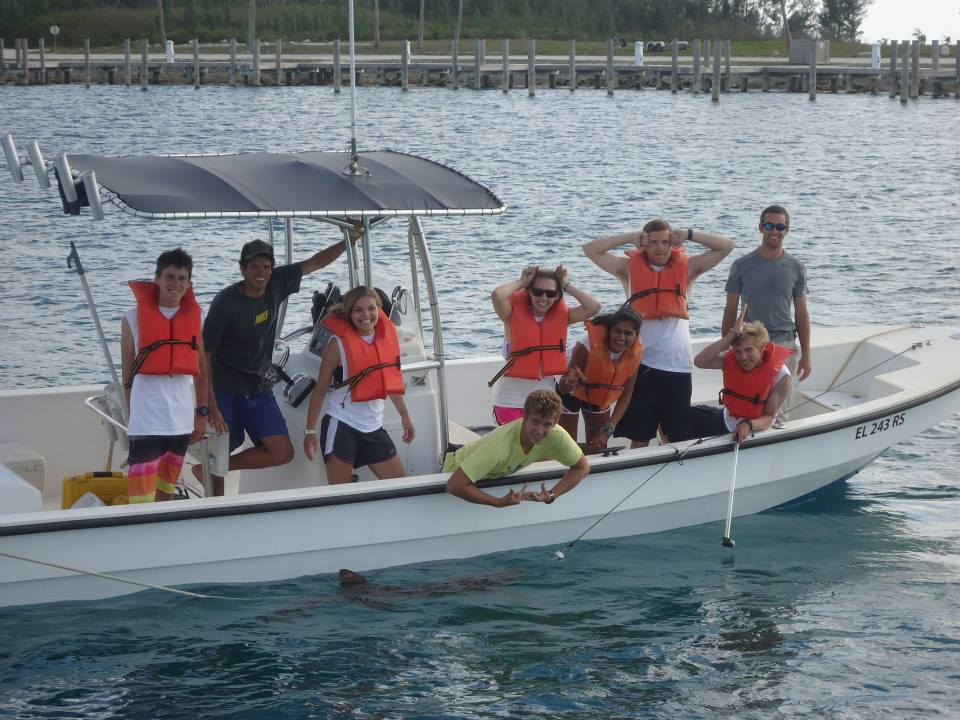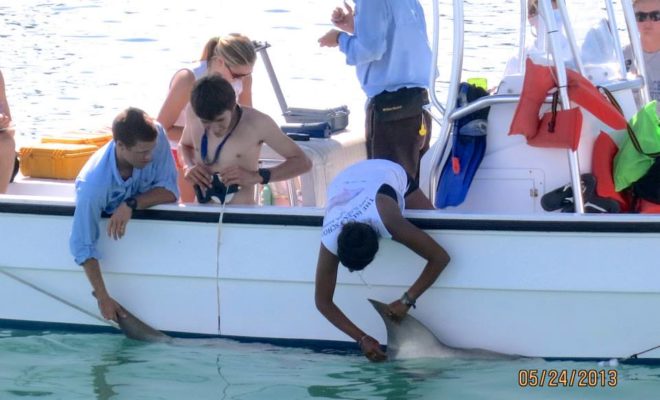What does an Island School Semester alumna, with degrees in Computer Science and Marine Biology go on to do? Save the Great Barrier Reef, of course! Megs Malpani, a S13 alumna and a 2017 Cape Eleuthera Institute (CEI) intern, completed her semester with a passion for the ocean and her surrounding environment. With that passion, she went off to Brown University to study Marine Biology. While there though, she developed a love for a field many may consider the complete opposite of Marine Biology – Computer Science. Megs decided to double major in both areas of study, ultimately pursuing a career in the Computer Science field.
Today, Megs works for Google as an AI/ML Product Manager. This role has led her to work on a number of exciting machine learning projects, one of which has led her back to her initial passion of marine biology. While working on TensorFlow, the team at Google developing machine learning frameworks, a partnership was formed with the Commonwealth Scientific & Industrial Research Organization (CSIRO), an Australian government agency responsible for scientific research. Working together, Google and CSIRO identified the need to find a more efficient way to identify outbreaks of crown-of-thorns starfish in the Great Barrier Reef.

The crown-of-thorns starfish are not your typical starfish – they feed on living coral. In a typical ecosystem, this wouldn’t be a problem, as their predators would control their population size. In recent years though, overfishing has caused outbreaks to occur that destroy large areas of the reef. Up until now, researchers were only able to identify these reef-destroying outbreaks using the manta tow technique while diving, which is both time consuming and prone to human error. Through Megs’ work with Google, and in partnership with CSIRO, she and her team have built a model that can identify outbreaks of crown-of-thorns starfish with far more accuracy than any human could accomplish on their own. In one example where a human detected 1 crown-of-thorns starfish, the AI model was able to detect 20. Now that the technology has been built, the developers of this project are working to get it in the hands of the control teams responsible for maintaining the Great Barrier Reef and eliminating the crown-of-thorns.
While this work is both impressive and could help to save large portions of the Great Barrier Reef, Megs credits her Island School Semester as the biggest thing that has shaped who she is.
“I think that my Island School Semester was very much the place where I just fell in love with the ocean and the environment and felt like it became a calling. After the Semester, I kind of always had it in my plans to be a marine biologist, [but then] I started to see tech as a way to scale impact. And so that’s why this project was so exciting. It’s literally a merge of my two passions and my two expertises.”

As Megs continues this work with Google and CSIRO, she sees a large scope of ways in which to use machine learning for similar future projects. In fact this AI model has been made open source, so any conservation group can use the technology. The ultimate goal would be to have other research hubs, like CEI, reaching out with ideas for ways to collaborate.
To learn more about the project and see Megs in action, watch Google’s video here!
